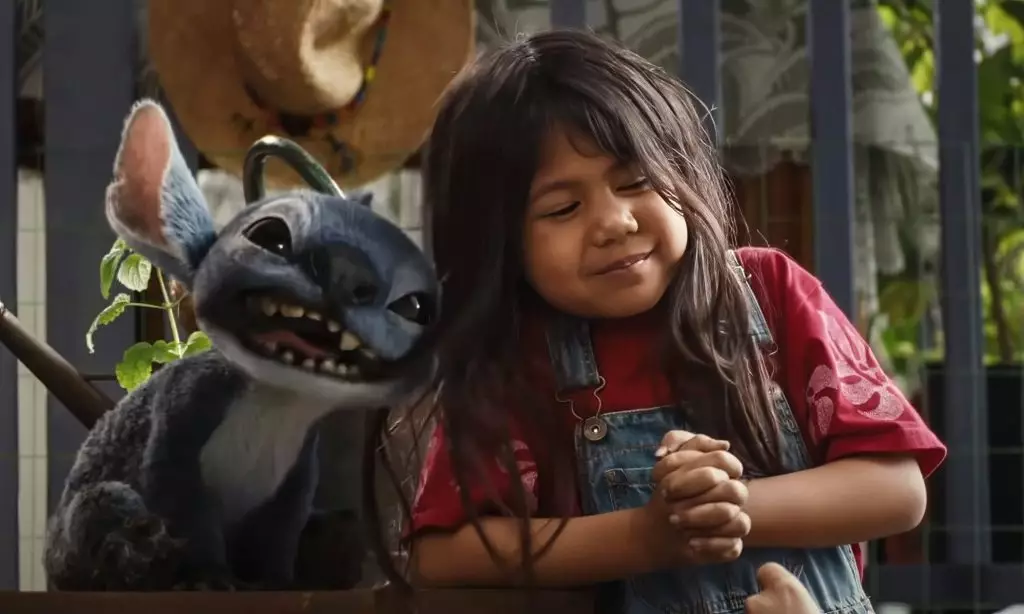Disney’s latest animated marvel, Lilo & Stitch, has achieved what many industry insiders deemed unlikely at the start of 2025: crossing the $1 billion milestone at the worldwide box office. While Hollywood often relies on franchise staples or sequels to hit such financial targets, this film’s success stands out as a testament to shifting consumer preferences and the unpredictable nature of the modern cinematic landscape. It demonstrates that heartfelt storytelling combined with strategic international appeal can trump blockbuster franchises and expensive marketing campaigns. The film’s ability to resonate across diverse cultural markets indicates a nuanced understanding of global audiences—something that traditional studios often overlook or underestimate.
Implications for Hollywood’s Business Model
This milestone isn’t merely prestigious; it signals a potential shift in Hollywood’s approach to blockbuster filmmaking. Disney’s success with Lilo & Stitch challenges the overreliance on cinematic universes or superhero franchises that dominate the box office. Instead, it advocates for character-driven stories with broad international appeal, smart localization, and a focus on emotional connectivity. It’s a reminder that despite the allure of high-octane spectacle, audiences worldwide still crave relatable stories that evoke genuine sentiment—something Disney has historically done well, but which has become increasingly rare in a market obsessed with franchise fatigue.
Center-Right Liberalism and Market Dynamics
From a center-right liberal perspective, this financial feat underscores the importance of maintaining market versatility and investing in culturally rich storytelling. By recognizing and catering to a global audience, Disney demonstrates that effective content creation isn’t solely about volume or spectacle but about understanding consumer desires and cultural nuances. It suggests a more sustainable model of filmmaking where success is rooted in genuine audience engagement rather than a reliance on recycled IP or relentless marketing. Disney’s careful balancing of international markets—whether in Brazil, Mexico, or Europe—illustrates that strategic localization can significantly expand a film’s reach and profitability, aligning with a pragmatic approach to cultural sensitivities and diverse tastes.
Challenges and Opportunities Ahead
While crossing $1 billion is a landmark achievement, it also poses new challenges. The film’s success depends heavily on continued international play and word-of-mouth, which may be vulnerable to shifts in geopolitical climates or market disruptions. However, Disney’s confidence in developing a sequel, and the proven global appeal of the characters, suggest that the company is betting on a sustainable franchise rather than a fleeting hit. For other studios, this serves as a blueprint: investing in authentic storytelling that resonates internationally and not merely domestically can lead to long-term profitability. It’s a reminder that in an era defined by rapid change and unpredictable consumer behavior, thoughtful, culturally aware films hold the key to future box office triumphs.

